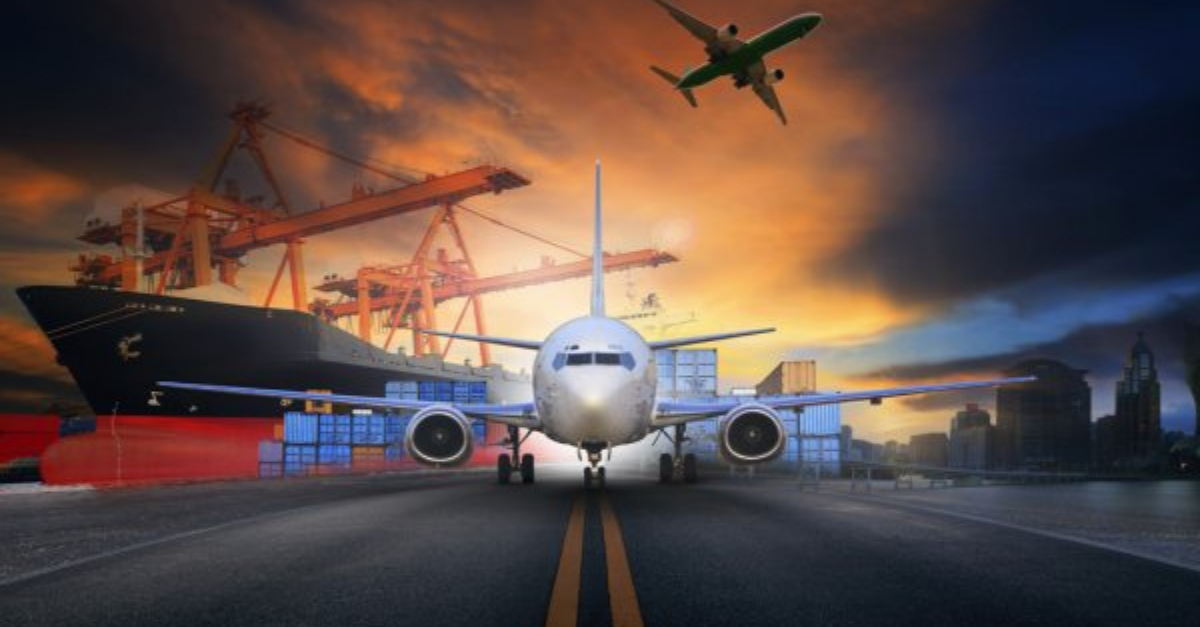There’s no doubt, the dynamics in air cargo are changing. And while many will say they have heard this before, most agree that the Airline Industry has been changed permanently by the pandemic. In light of this, many airlines are looking to create additional revenue streams to mitigate losses expected to continue into the foreseeable future.
And while the traditional airline cargo business model has typically focused almost exclusively on the middle mile in the logistics chain — moving freight in containers and pallets on wide-body aircraft for the world’s freight forwarders — there is now a new opportunity to develop an e-commerce business line to run alongside the traditional model. The concept is akin to the one used in boxing, where a jab with the left hand is followed by a hard blow with the right. Known as the ‘one-two punch’. Airlines not only can but are, building enormous new revenue streams by adding that second business line, with e-commerce package transport. By implementing proven technology and processes, SmartKargo is helping airlines set up an e-commerce business line quickly to build a powerful new revenue engine that complements the traditional business.
We all know that the shipments driven by online purchases are usually around 1-10 kilograms in weight and earn notably higher rates per kilogram. The integrators have been doing this for years. But what is new is the kind of technology that they spent billions on, decades ago, is now easily accessible and adaptable for airlines. Airlines already own the primary assets (planes, routes, infrastructure, warehousing, and more) needed to run a successful e-commerce logistics business. The smaller package size facilitates bulk-loading and transport in domestic narrow-body aircraft, filling cargo space that very often is underutilized. Airlines have been loading small packages in domestic aircraft this way for years, but now, the technology and processes exist to bring it all together quickly to automate the process from the online transaction to drive large volumes to the airline.
To put this in context, as an easy example, let’s say a typical narrow-body plane uses approximately 30% of its 3,000 kilos belly space for passenger bags leaving roughly 70%, or about 2,000 kilos, of available space for e-commerce cargo packages per flight. By filling this underutilized capacity with packages, across the narrow-body fleet, the cargo contribution to total airline revenues will be substantially increased. And domestic flights are not subject to the cross-border restrictions that have restricted international flights during the pandemic. The question becomes, what is the most efficient revenue-generating model to fill that 70% capacity on domestic narrow-body flights? The answer lies with the efficient air transport of e-commerce packages.
Breaking it down a bit further, the SmartKargo e-commerce solution facilitates the essential essence of e-commerce shipping. Speed and convenience for the customer from the online transaction to their door. Many retailers need what the airlines offer to compete successfully against the likes of Amazon and the retail giants who are already doing customer service well. SmartKargo brings our deep experience and know-how in air cargo, technology, and e-commerce to establish a world-class solution. Our experts work with the airline and retailers to establish Service Level Agreements (SLAs) and rates for transport. The technology is then implemented to automate the process from the retailer’s online transaction to the airline, and then to the delivery network for ground transportation to the customer’s door. This transaction-driven model automates the process as governed by the SLAs, technology parameters, and EDI-messaging between partners.
By leveraging its powerful assets, the airline gains control of the entire e-commerce logistics process to capture high volumes at much higher rates per kilogram vs general cargo rates. The technology connections make operations seamless and fully transparent between partners to the transaction. Mobile apps make it simple for each member of the shipment chain to check on the shipment journey at each milestone. And revenue growth has defied expectations for airlines that have adopted this e-commerce business model.
With a projected $6.4 trillion in e-commerce revenue expected by 2025, there is no doubt that revenue growth can come with this process for building an e-commerce business line. In doing so, airlines are empowered to grow their cargo business more significantly, increasing their revenue contribution to the airline by double-digits.


